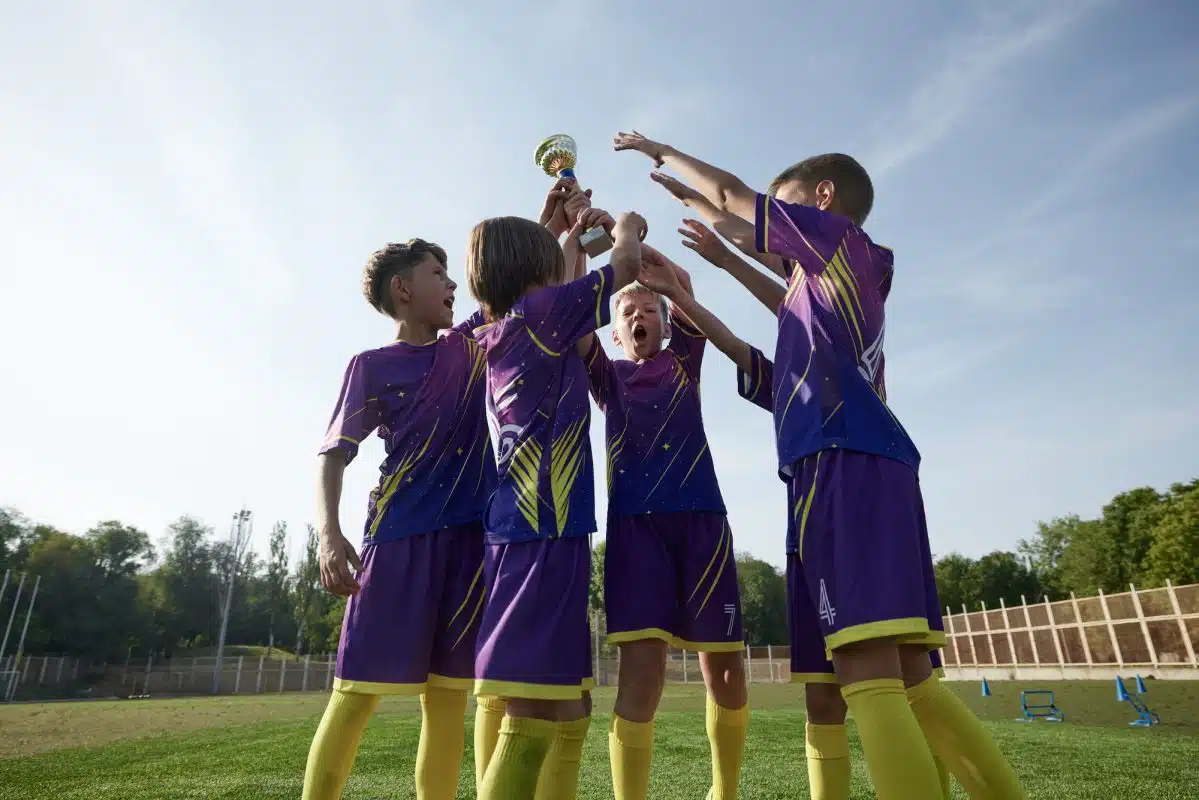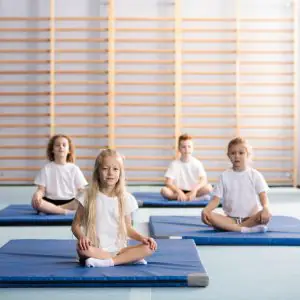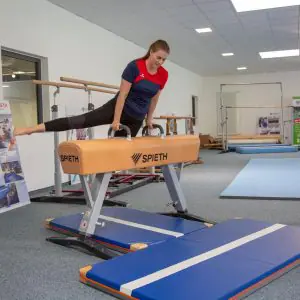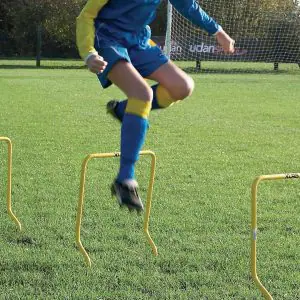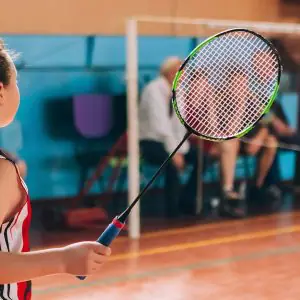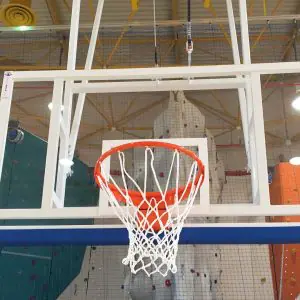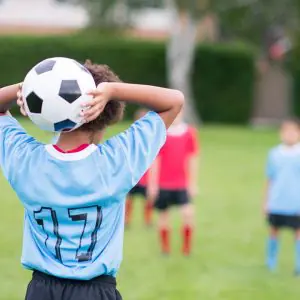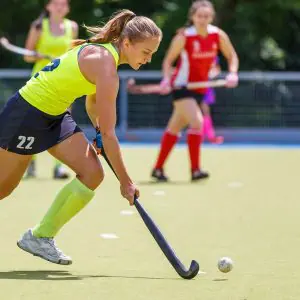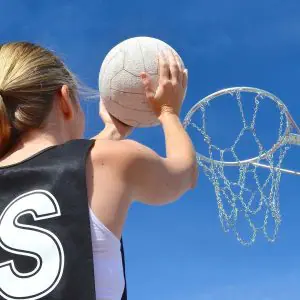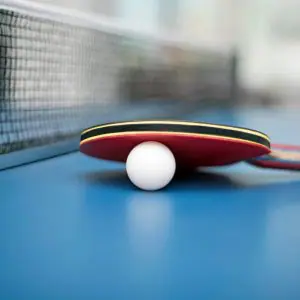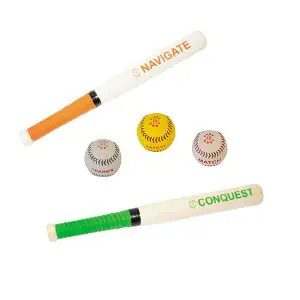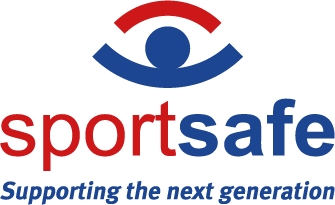“Schools are influential places to create good habits, develop skills and help young people to sustain these in the future – they are the starting blocks.”
“Important to try to get good at something when you are younger – more likely to continue to lead an active lifestyle as you get older. Many people are reluctant to learn something new after school.”
“Especially at a younger age, teachers are role models. They can inspire children to participate in sport and enjoy it – continue playing into adulthood.” The Youth Sport Trust Board.
Clearly, schools have the potential to inspire an active lifestyle for a whole lifetime…but why does an active lifestyle matter anyway? Not everyone wants to be a marathon runner!
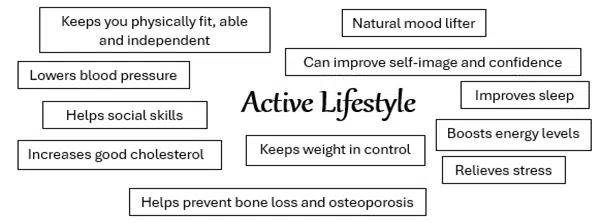
Add to this the fact that:
Schools and colleges have an important contribution to make in encouraging and providing opportunities for children and young people to take part in physical activity, especially as in term time this is where children and young people spend most of their day. Their sphere of influence spans the life course: from early years through school-age and adolescence and throughout the whole-day… Developing regular physical activity behaviours in childhood is crucial as we know that children who are active are more likely to become active adults and continue to reap the benefits of an active lifestyle throughout their life course.
…and it becomes worth investigating how schools can further encourage active lifestyles.
Public Health England advocates schools:
- Raising awareness of the importance of regular physical activity
- Increasing children’s’ exposure to fun and varied activities
- Creating more active environments so that pupils find it easier to simply move more during their day.
- Supporting the most inactive pupils
- Using the wider school community, to become more active
These ideas are supported by the World Health Organisation (WHO) which argues that investment in physical activity during school is an investment in better child development and better educational outcomes.
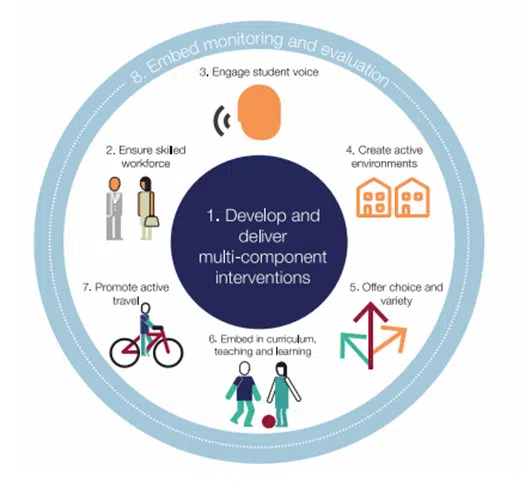
The benefits of physical activity at school and embedded for future lifestyles are clear but planning the best delivery for everyone can be complex. Here are some example tangential considerations:
- Research has shown physical activity provides cognitive benefits for children with disabilities by stimulating the attention system including sequencing, working memory, the ability to prioritize, increased inhibition and attention span making them more primed to learn. Physical activity intervention significantly improves cognitive function among children with Attention Deficit Hyperactivity Disorder (ADHD) especially attention, working memory and academic performance.
- The association between socioeconomic status and physical activity is complex and can be affected by elements such as sport club accessibility and travel options. Sometimes, those with lower socioeconomic status would love to do more sport but are prohibited by external factors such as cost of transport, home demands and even social stigma.
- Attitudes change as youngsters grow up. Children and young people in primary Years 5, 6 and early secondary Years 7 and 8 are more likely to be willing to be guided into sport at school, whereas young people in Years 9 to 11 can begin to back off because of influences such as peer pressure, social media or other more sedentary interests.
- Sport England https://www.sportengland.org/ draws attention to the ongoing need for equal emphasis on support for LGBT+ people in sport.
- Sporting Equals https://www.sportingequals.org.uk/ emphasises the importance of promoting ethnic diversity in sport and physical activity and the importance of providers recognising different requirements for inclusion and accessibility.
This is a lot to think about on top of the training, planning and expertise that is needed even for basic, standard sports lesson delivery. Perhaps breaking it all down into smaller steps and approaches can be helpful.
- Specific focus lesson plans or reports can be a start for discussion and sharing good practice.
- NICE guidance recommends multi-component physical activity programmes that include education about the benefits of physical activity. This creates a more supportive school environment and engagement of the family and local community.
- Ensure staff have the confidence and competence to offer high quality experiences of both physical education and physical activity across the school/college. NICE guidance recommends that all staff and volunteers should have the necessary experience and skills to design, plan and deliver physical activity sessions that meet children and young people’s needs and abilities. The Association for PE provides excellent contacts and opportunities for staff training.
- Give students a voice so that they become actively involved in the delivery of their own sport curriculum and more inclined to participation. Furthermore, enabling young people to become role models can have a positive impact on the sports confidence of younger age groups.
- Evaluate your students’ access to open space, woodlands, parks and playgrounds as these make greater physical activity more likely. Are smaller, portable activity equipment items (skipping ropes, hoops, balls) readily available for spontaneous use?
- Can your school be opened outside school hours for students and families to use the sports facilities?
- What are the free play opportunities given, especially to younger children, in your school? Sometimes it is more motivational for pupils to have the mind space to create their own play and PE activities instead of being constantly guided and directed.
- Consider how lessons other than PE can be made more physically active for improved concentration, developmental and academic outcomes. Something that future office designs might also benefit from!
- Interventions by the school to encourage families to share car/transport and parent supervision duties can improve inclusion and participation.
- Schools could consider how self-monitoring devices, such as pedometers, might be introduced to pupils and students to encourage activity goals outside school or even as data used for Maths, Physics, Biology and Geography lessons!
In addition, here are just a few websites full of ideas to further help your school to inspire a lifelong engagement with sport and physical activity.
https://www.activityalliance.org.uk/
http://www.designcouncil.org.uk/active
http://www.youthsporttrust.org/
Explore our online shop